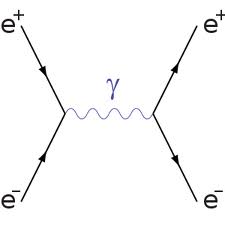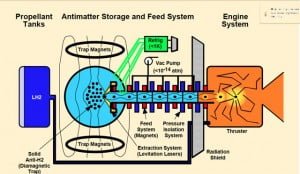Alethia
When I read articles like this, I become extremely angry. For Carney and the BOC to lecture poor home-owners who are forced to buy homes--slum homes on paltry wages is unforgivable. Do the math, and calculate a home budget for a below average home in Vancouver. Then apologize to us Mr. Carney.
Then there is the consumer, who carried this economy through the worst global recession ever. Consumer confidence, buying vehicles from the bankrupt big 3, homes, and durable goods on declining incomes ought to be lauded as heroes, not berated for taking on the added debt the banks and BOC were begging us to do. For some Carney may be considered a hero, but for the commoner in Canada, he appears destined to infamy. Of course let him go to the UK and get an education of what a real disastrous economy looks like. He will pine for the days Canadians made him out to be a hero.
Then there is the consumer, who carried this economy through the worst global recession ever. Consumer confidence, buying vehicles from the bankrupt big 3, homes, and durable goods on declining incomes ought to be lauded as heroes, not berated for taking on the added debt the banks and BOC were begging us to do. For some Carney may be considered a hero, but for the commoner in Canada, he appears destined to infamy. Of course let him go to the UK and get an education of what a real disastrous economy looks like. He will pine for the days Canadians made him out to be a hero.
 Logged
Logged 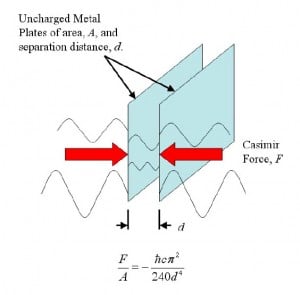
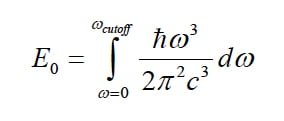
 kilograms per cubic meter, there’s a vast difference between these two, many many orders of magnitude.”
kilograms per cubic meter, there’s a vast difference between these two, many many orders of magnitude.”  kilograms per cubic meter. This relationship here predicts, in the presence of conventional matter, we can increase the local vacuum fluctuation density as a result of that.
kilograms per cubic meter. This relationship here predicts, in the presence of conventional matter, we can increase the local vacuum fluctuation density as a result of that.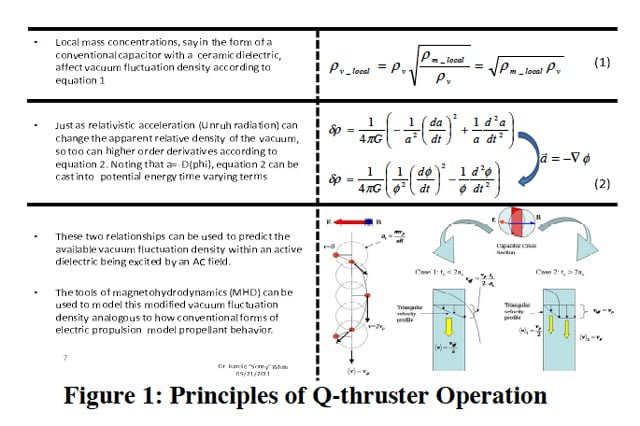
 kilograms per cubic meter to
kilograms per cubic meter to  kilograms per cubic meter. “So you might be able to do something with that, but its still pretty hard.”
kilograms per cubic meter. “So you might be able to do something with that, but its still pretty hard.” meters is a consequence of dark energy. So its an interesting finding. It’s either a pretty significant numerical coincidence, which does happen from time to time in physics, or it has some potential interest from a physical medium.”
meters is a consequence of dark energy. So its an interesting finding. It’s either a pretty significant numerical coincidence, which does happen from time to time in physics, or it has some potential interest from a physical medium.”

 and the natural log of the ratio of initial total mass
and the natural log of the ratio of initial total mass  to the final total mass
to the final total mass  .
.
 of ten percent the speed of light
of ten percent the speed of light  meters per second (which is roughly what it would take to get to the nearest star in the timescales of a human lifetime), the specific impulse of chemical rocket fuel is on the order of about 450 seconds. When you plug in the numbers, you discover that you need more chemical rocket fuel than there is mass in the known universe. Needless to say, it’s impossible to engage in interstellar missions on timescales of a human lifetime using chemical propellants.”
meters per second (which is roughly what it would take to get to the nearest star in the timescales of a human lifetime), the specific impulse of chemical rocket fuel is on the order of about 450 seconds. When you plug in the numbers, you discover that you need more chemical rocket fuel than there is mass in the known universe. Needless to say, it’s impossible to engage in interstellar missions on timescales of a human lifetime using chemical propellants.” .”
.” 